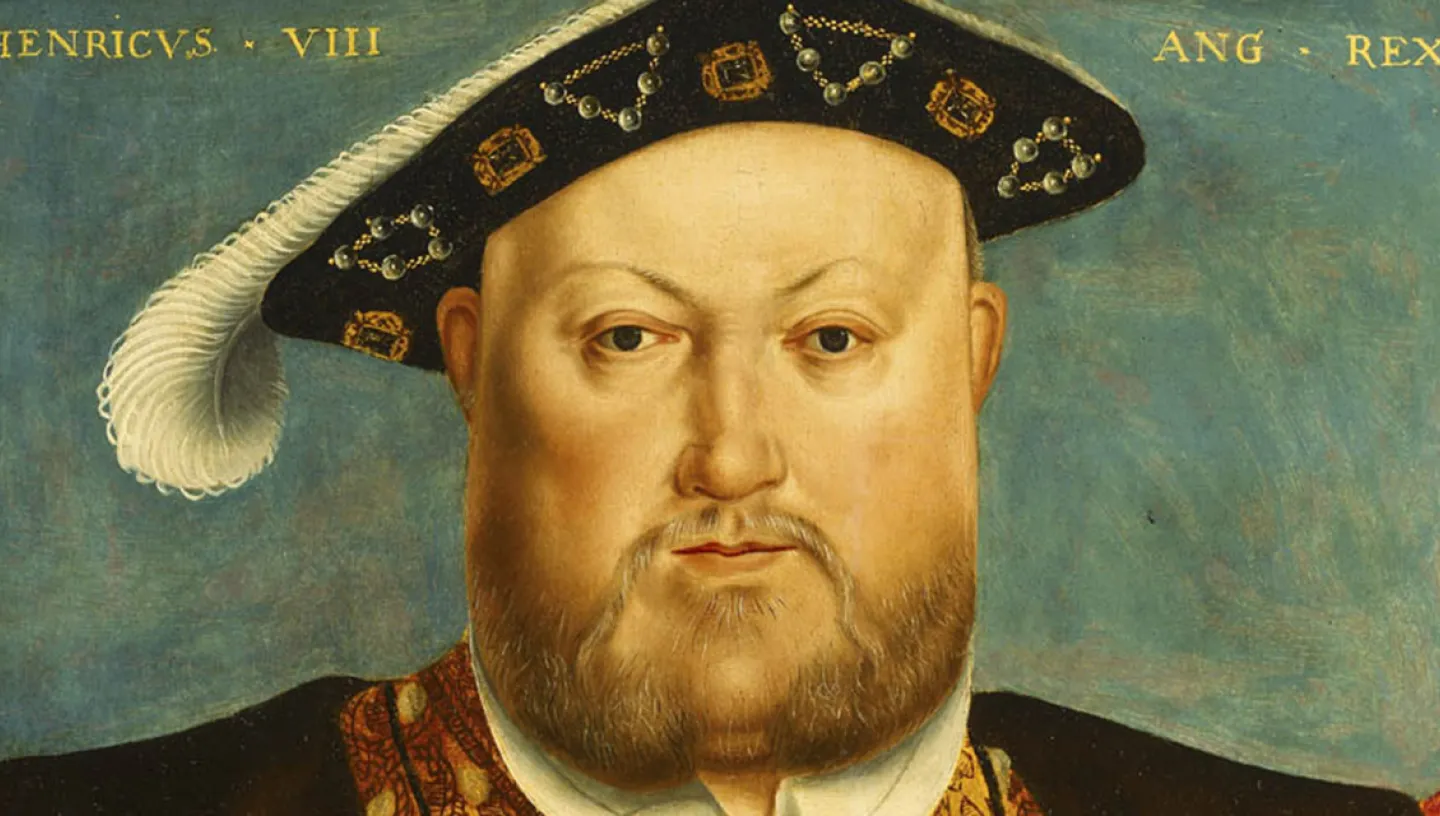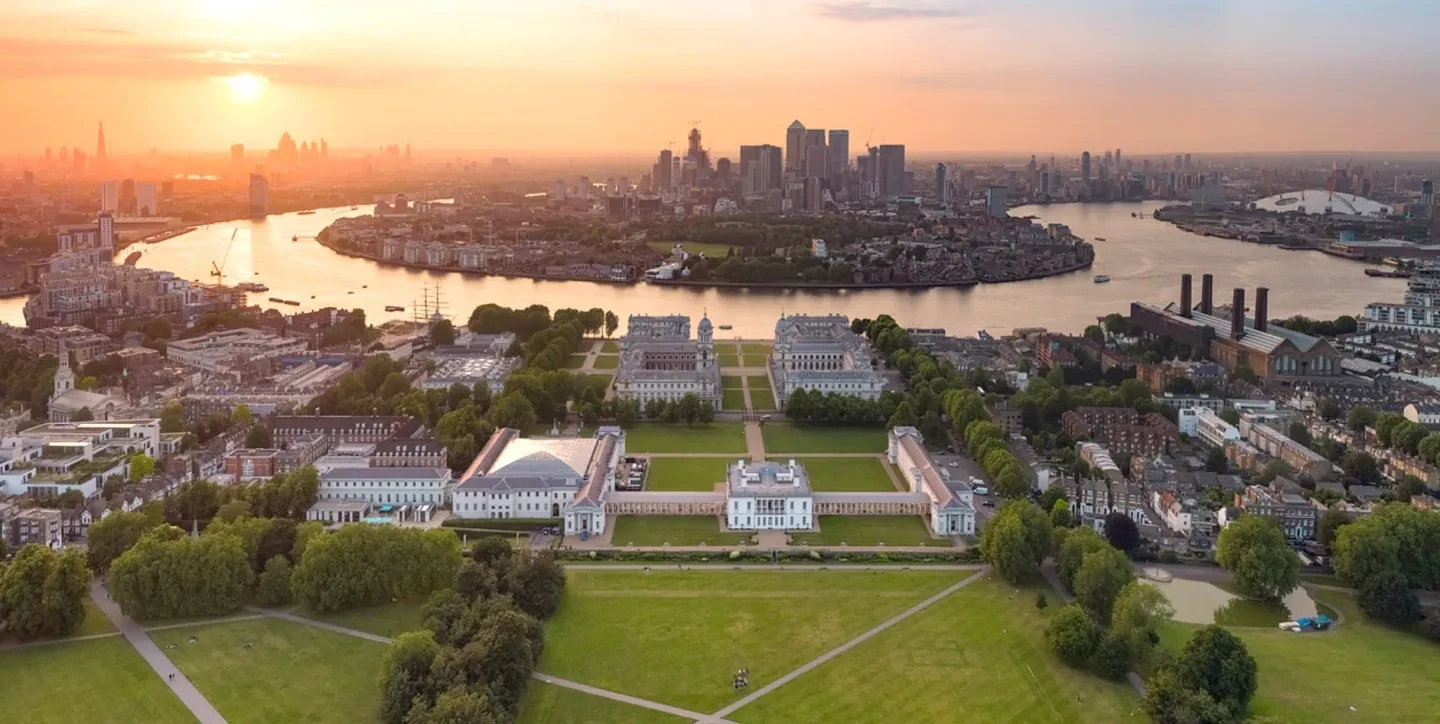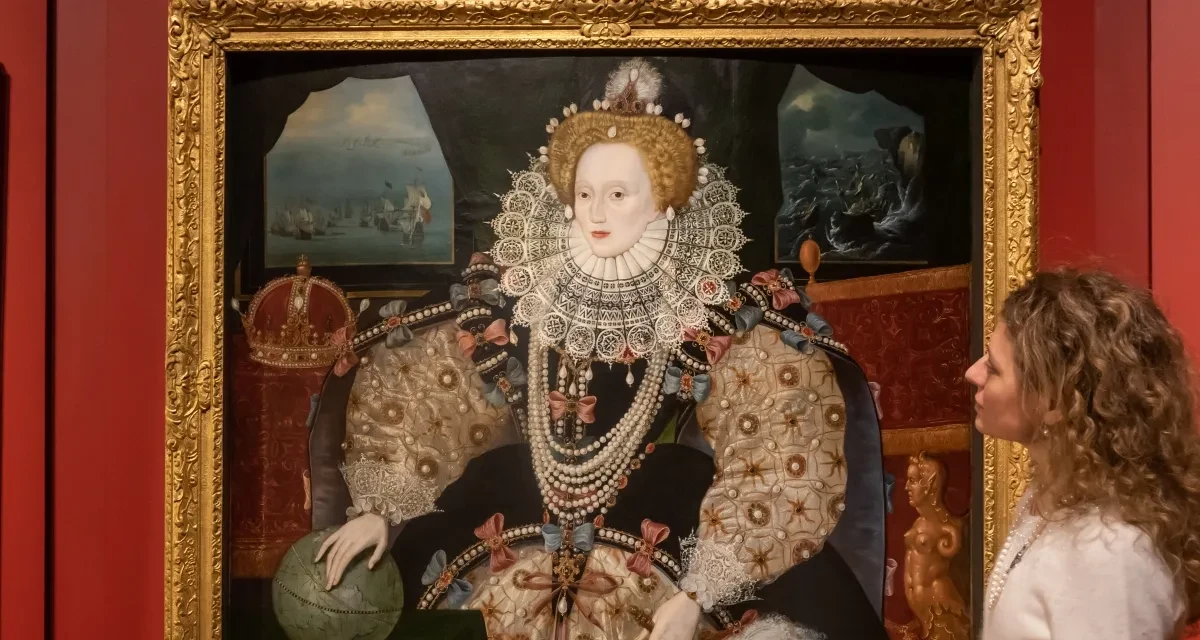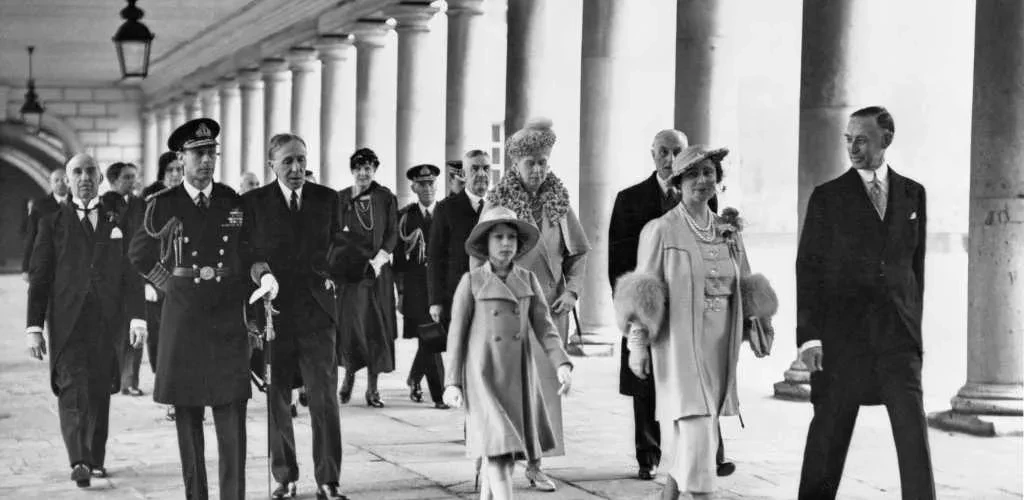
Greenwich has had royal connections since the ninth century, but it was the Tudors who really put Greenwich Palace on the map.
The borough’s riverside location, protected hunting grounds and distance from the crowds made it the perfect spot for kings and queens hoping to escape the crowds of London.

Both Henry VIII and Elizabeth I were born here, Charles II founded the Royal Observatory at Greenwich, and many other monarchs left their mark on this historic area.
Follow on the footsteps of Britain's Kings and Queens with our guide to royal Greenwich.
Take a tour of the Queen's House
The elegant Queen’s House was conceived as a gift from King James I to his wife, Anne of Denmark.
However, by the time it was completed in 1636, Anne of Denmark had already been dead for 17 years. The first royal to actually live in the house was Henrietta Maria, wife of Charles I.
The building, designed by famed architect Inigo Jones, was a radical departure from the traditional Tudor redbrick style that had come before. The Queen's House was used by members of the royal family until 1805, and in 1934 the building was taken over by the National Maritime Museum.
Now the Queen's House is a beautiful art gallery, home to a sumptuous series of royal portraits, including the famed Armada Portrait of Elizabeth I.
Entry is free, and audio guides and guided tours bring the history of the building and the stories of its artworks to life.

Search for traces of Greenwich's Tudor Palace
Christopher Wren was commissioned by William III and Mary II to design the spectacular Royal Hospital for Seamen at Greenwich, now the Old Royal Naval College. But did you know that it was on this riverside spot that Greenwich Palace once stood?
Greenwich Palace – also known as the Palace of Placentia – became one of the most important palaces of the Tudor era, and was the birthplace of Henry VIII, Mary I and Elizabeth I.
Little of that original palace remains above ground, although archaeological work in 2017 revealed the remains of service rooms that would have supported the palace's Friary buildings. The foundations can still be seen beneath the floor of the Painted Hall.
Picnic under trees that once sheltered monarchs

Greenwich Park is the oldest enclosed royal park and is known for its magnificent chestnut and oak trees, some of which are more than 400 years old. The trees you see today are likely to have also provided shelter to Tudor monarchs who used the park as a leisure and hunting ground.
Legend has it that a young Elizabeth I picnicked near one particular tree, whose trunk now lies on its side. A sign beside it reads: ‘This ancient tree known as Queen Elizabeth’s Oak is thought to have been planted in the 12th Century... It has traditions linking it with Queen Elizabeth I, King Henry VIII and his Queen Anne Boleyn.’
Admire the Armada Portrait of Queen Elizabeth I

Elizabeth I was one of England's most famous queens, reigning for over 40 years from 1558 to 1603. This painting, known as the Armada Portrait of Queen Elizabeth I, is one of the best-known depictions of the Tudor monarch.
The work commemorates one of the key moments of her reign: the failed invasion of England by the Spanish Armada in summer 1588.
Following a successful fundraising campaign with the Art Fund, the painting was saved for the nation in 2016, and is now on permanent public display in the Queen’s House, not far from where the Tudor Queen was born.
Make time for the Royal Observatory

The Royal Observatory Greenwich, home of the Prime Meridian and Greenwich Mean Time, was founded by Charles II in 1676.
Maritime exploration was a major concern for all European monarchs, and a core focus of astronomy at this time was finding a way to accurately measure longitude. This would allow sailors to accurately plot how far East or West they had travelled.
For Charles II, the Royal Observatory was there to secure Britain's future wealth and security. In the end however, the dedicated work of astronomers in these buildings helped to transform understanding of space, time and navigation across the globe.
Book Royal Observatory tickets
Plan your visit to the Royal Observatory
Explore maritime history and its royal connections

Greenwich is notable for its maritime history, so it is appropriate that the world's largest museum dedicated to seafaring is based here. The National Maritime Museum was opened by King George VI in 1937, with the Museum’s name having been suggested by Rudyard Kipling.
At the opening, the King was joined by his wife, Queen Elizabeth (the late Queen Mother) and their 11-year-old daughter Princess Elizabeth, the future Elizabeth II.

Queen Elizabeth II and her husband, the Duke of Edinburgh, maintained close connections with Greenwich throughout their lives. The Queen opened Cutty Sark in 1957 and again in 2012, after its restoration. The National Maritime Museum's state-of-the-art conservation studio and storage centre is also named in honour of Prince Philip.
Spot royal street signs

Wander around the town centre to get an idea of how important Greenwich has been for the monarchy down the centuries. As well as Royal Place and Royal Hill, see if you can find King William Walk, King George Street, Queen Anne Court and Queen Mary Court.



